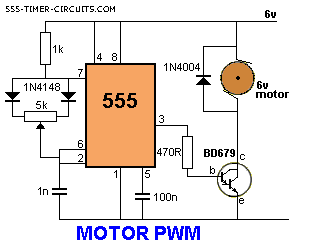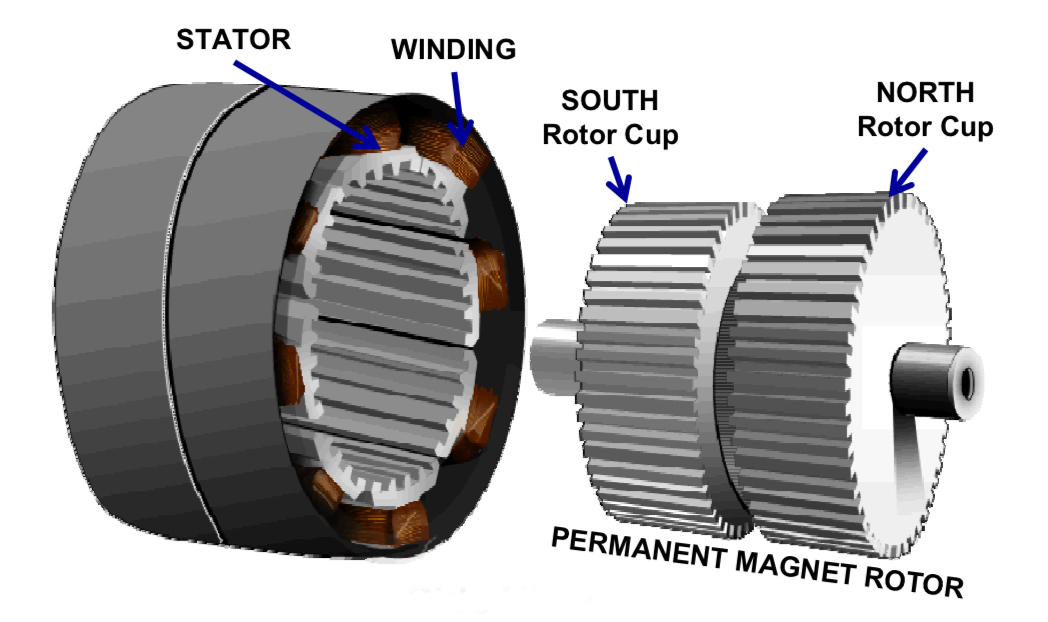Motor windings need a sinewave. Using pulsed DC this Chinese scooter controller does this. Memphis you don't have a 3 phase motor with hall. You don't have a DC motor of a conventional design either....
You must have a target speed. Current is controller like this........
THE first step for you is to add a small timing wheel to the shaft with tiny magnets. I used an aluminum hub for $5 plus some 1/4 thick plastic disc about 3" DIa.
your design will never self start, you will need to push it by hand in the direction you desire.

You must have a target speed. Current is controller like this........
THE first step for you is to add a small timing wheel to the shaft with tiny magnets. I used an aluminum hub for $5 plus some 1/4 thick plastic disc about 3" DIa.
your design will never self start, you will need to push it by hand in the direction you desire.













Comment